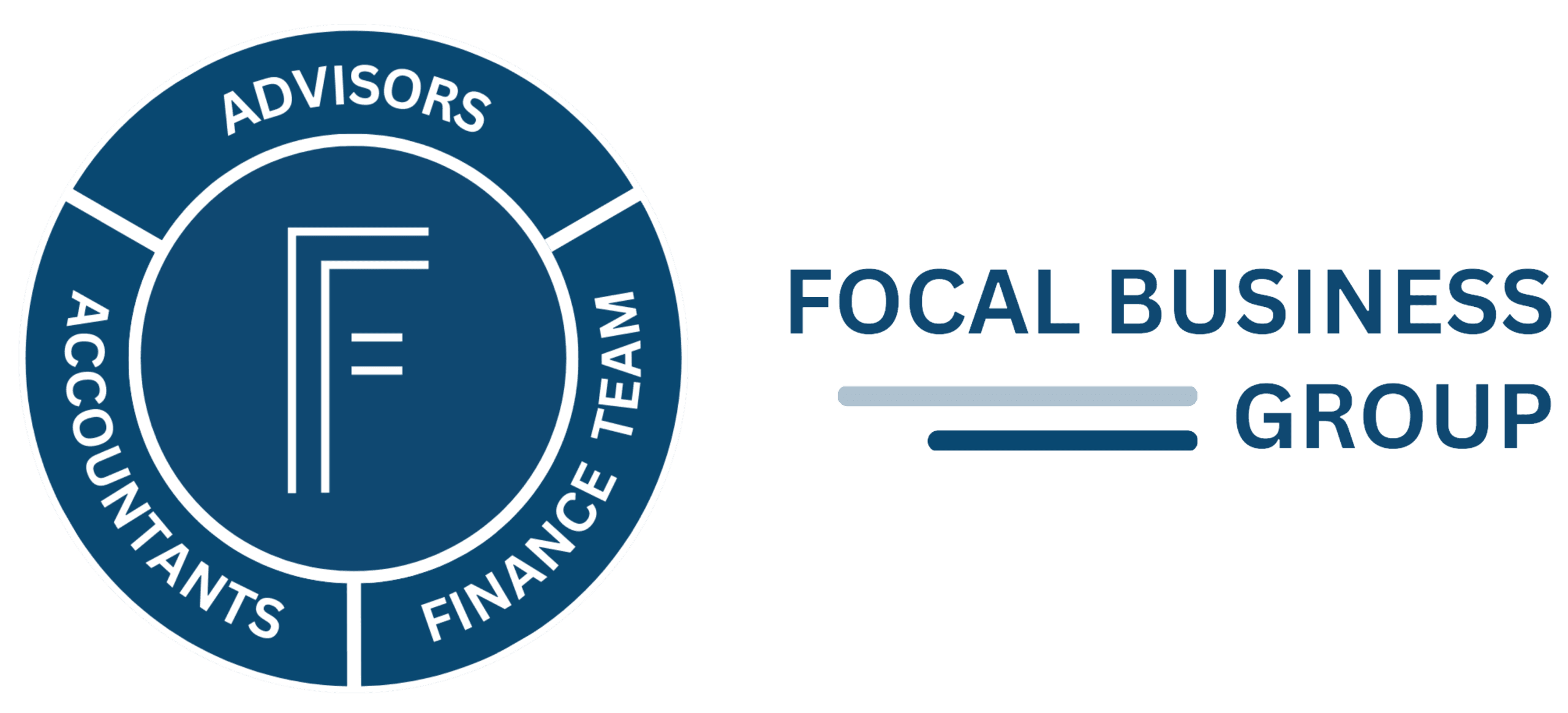In a private limited company, it is usual for a director to also be a shareholder. Payments made to shareholders are deemed to be income distributions and taxed accordingly. However, payments made to shareholders where the company is being liquidated can be taxed as capital distributions under the Capital Gains Tax (CGT) rules being a disposal of an interest in shares. Broadly, the treatment of distribution as capital is only available on the closure of the company if the total amount paid to all shareholders is less than £25,000. This will be the case so long as the company has been liquidated for genuine commercial reasons (e.g. cessation of the business or following the sale of the trade and assets to another entity under substantially different control), particularly where the liquidation is not motivated for tax reasons.
A capital distribution will be subject to the potentially more beneficial CGT rates of 10% or 20%, depending on the level of other income and availability of any tax reliefs.
Pre-2016, this CGT treatment led to increased use of tax-driven ‘phoenix’ arrangements whereby a company is liquidated, shareholders withdraw profits receiving a capital distribution (often enabling a claim to CGT Business Asset Disposal Relief (BADR) relief reducing the tax rate to 10%) and then the shareholder sets up another company in a similar field, and the process is repeated.
The Targeted Anti Avoidance Rules (TAAR) counter this practice and tax the distribution as income rather than a capital gain should all of these four conditions apply:
- Condition A: the shareholder holds at least 5% of the shares in the company immediately before the liquidation;
- Condition B: the company was a close company at some point during the two years ending with the liquidation;
- Condition C: the individual receiving the distribution continues to carry on, or be involved with, the same or similar trade or activity as that of the distributing company at any time within two years of the distribution
- Condition D: it is reasonable to assume that the main purpose (or one of the main purposes) of the winding up was the avoidance or reduction of income tax.
The onus is on the taxpayer to interpret the rules and decide whether the TAAR rules apply in their particular situation. Conditions A and B should be relatively straightforward but conditions C and D may make the situation harder to define. Under Condition C the terms ‘same or similar’; ‘carry on’, ‘involved with’ are not defined in the legislation but it should be noted that the conditions extend beyond the traditional ‘phoenixing’, and can include where the trade is carried on personally, by a connected party, or through a partnership or company. Condition D is subjective, requiring the purpose behind the winding up to be considered.
Many taxpayers may unwittingly fall into a trap unaware of the tax implications. Although it is up to the company’s owner to interpret the rules, should HMRC issue an enquiry the onus would be on HMRC to prove that the company was liquidated to avoid income tax. Some situations will be relatively straightforward e.g. if the business owner has no intention of working and retires after the company has been liquidated, then condition C will not apply. On the other hand, a business owner who after one year following liquidation contacts some of his old clients and starts in business perhaps only in a small scale way as a sole trader, may find themselves caught by condition C.
If an enquiry is undertaken and HMRC is successful in their contention, they will review the capital distributions in the liquidation, and re-tax at the higher income tax distribution rates.
Practice Note: s396B; s404AITTOIA05
If you have any queries in relation to Phoenix Companies, get in touch for more information.
Growing businesses need more from their accountant; as business accountants, analysts and advisors, we help you understand and manage your numbers to drive plans and decision making. If you would like to discuss the ways we can help you and your business, simply call 0800 112 0880 or email hello@focalbusiness.co.uk.
Read more articles from Focal Business Group.

